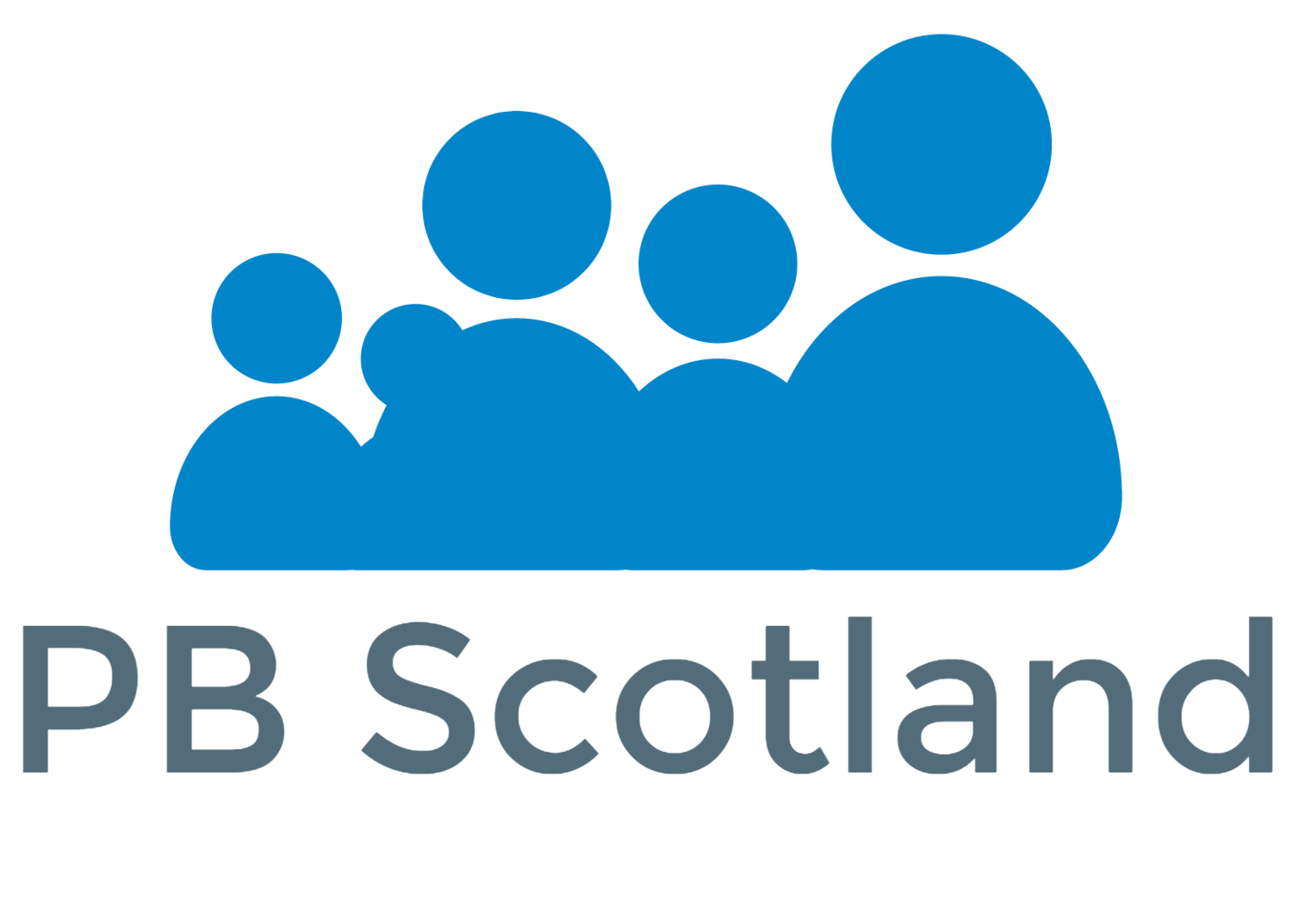Evaluating public PB events
Public events are delivered as part of any PB process and can include information sessions, deliberation spaces, voting events and feedback sessions – basically any space or opportunity that is open to the local community to be involved in any part of the PB process.
When people are invited along to any public PB events (both in-person and online), it is important to ensure that everyone has the same opportunities to contribute and participate in a way that is suitable for them and meets their needs whilst ensuring the integrity of the process.
To ascertain whether the events were inclusive and delivered an effective process, both organisers and participants should be offered the opportunity to feedback – this is your evaluation opportunity.
Evaluation outcomes – what will success look like?
General outcomes for evaluating Public PB events might include:
People participated and felt an increased sense on inclusion.
People felt informed about the PB process and were enabled to participate.
Local projects/ideas were identified/awarded funding that were beneficial to and desired by local communities.
People feel more confident about participating in future PB process.
We reduced inequality in our community as a result of the PB process.
The community has a better understanding about the wider communities priorities.
The community has a better knowledge of local groups and activities in their local areas.
The community has a better understanding of budgeting processes.
How will I evaluate?
Suggested methods to gather feedback and evidence:
Feedback questionnaires/forms
Post-event round-up sessions
Event reports or observations recorded
Sample questions that could be used in feedback forms or as discussion (and report) prompts are given in the following resource (remember to select and adapt questions that best meet your needs)
Resource download: Public PB event evaluation questions
What information is best to record?
Evaluation reports for event(s) should include the following information:
Background information to events (date, venue, purpose, number of those in attendance etc).
Findings from questionnaires and round-up sessions (including reference to individual questions and emerging themes/issues. Cross analysis of certain questions may be beneficial in certain cases and should also be conducted and included where appropriate).
Facilitators observations/feedback.
Learning from the event(s)/process.
Recommendations for future events and changes to future processes.
It is good practice to set up appropriate monitoring files to retain information relating to events and produce brief reports (or a simple record) after each individual or series of related events.
Using the learning
It is important to use the information gathered from events, and good practice to review how they went with a view to implementing immediate changes where issues or barriers have been highlighted by attendees that could reduce attendance or involvement.
Don’t underestimate the importance of what you may see as small things - something as simple as where the venue is, what time the event happens or how much text is used in any materials can greatly reduce the number of people participating.
For example, if people let you know that the venue is hard to get to using public transport then look for a better option. Or, if people felt that any materials supplied were not user friendly, look at ways they could be improved for the next event.
Remember to record any changes made and report these back in any post event reports and discuss with the PB steering group.
It is also beneficial to feedback to both participants and communities on the events, so think about how you can communicate what happened, what was learned and what will happen next. There are multiple ways to do this including direct mail (or e-mail), social media posts, press releases and blogs.


